As a nation we celebrate Thanksgiving on the 4th Thursday in November each year. Thanksgiving wasn’t alway a national holiday. In this mini spark, you will learn about the history of Thanksgiving and how it became a national holiday.
Spark your thinking!
1. Set up your social studies mini spark recording page: #50: Thanksgiving
2. Set up your recording page with a section for each of these topics
- Native Americans
- The Settlers
- Settling and Exploring
- The Celebration
- The Myths
- Native Americans and Thanksgiving
- Modern Thanksgiving
3. Read this article. For each category, record 3+ bullet points.
4. Watch this video about how Thanksgiving became a national holiday. When you are done watching, choose 5 questions to answer thoughtfully. Remind your teacher that the key can be found in the social studies mini spark folder.
- What year did the first Thanksgiving celebration take place in Plymouth, Massachusetts? Who was the great Indian chief that attended the first Thanksgiving celebration? 9. In what year did Congress officially make Thanksgiving a national holiday?
- Describe how Abraham Lincoln contributed to the establishment of a national Thanksgiving holiday.
- What message did Lincoln convey in his Thanksgiving proclamation during the Civil War?
- Identify why Sarah Josepha Hale believed a national Thanksgiving celebration was important. How did Hale promote the idea of Thanksgiving through her work as a magazine editor?
- What was the significance of Lincoln’s proclamation being the first in a series of annual Thanksgiving proclamations?
- How did Lincoln’s view of Thanksgiving differ from the political divides of his time?
- Reflect on the idea of gratitude discussed in the video. Why is it important to express gratitude during Thanksgiving?
5. Optional: This is an interactive about Thanksgiving and the early settlers. Check it out.
CLICK HERE TO EXPLORE AND PLAY!
6. Share your social studies mini spark recording page with your teacher/EY coordinator



 If you take a trip to western Nebraska you can visit the Museum of the Fur Trade in Chadron, Nebraska. This mini spark takes you there without any traveling.
If you take a trip to western Nebraska you can visit the Museum of the Fur Trade in Chadron, Nebraska. This mini spark takes you there without any traveling.
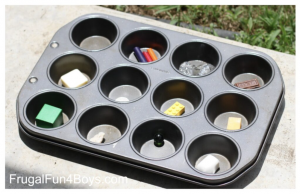
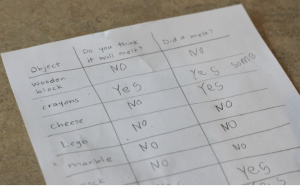

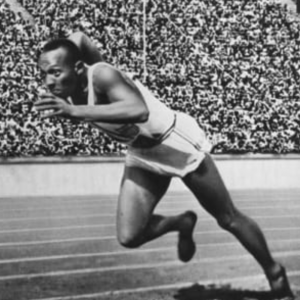
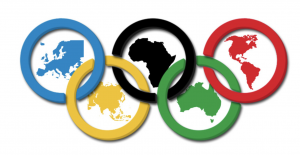
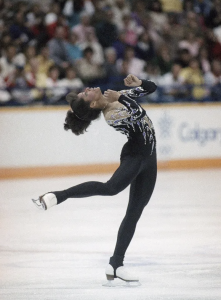
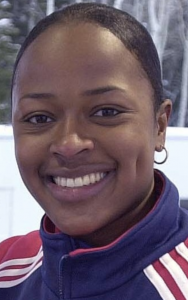
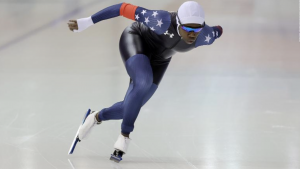
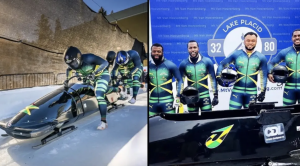

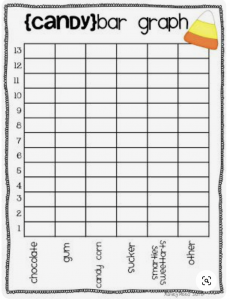
 In 2017, researchers off the Bulgarian coast discovered the oldest intact shipwreck ever found! This ancient Greek vessel was not only nearly 2,500 years old, but was just one of 65 shipwrecks found at the bottom of the Black Sea in remarkable condition. So, why does the Black Sea contain so many well-preserved shipwrecks? Helen Farr and Jon Adams dive into the depths of the unique body of water.
In 2017, researchers off the Bulgarian coast discovered the oldest intact shipwreck ever found! This ancient Greek vessel was not only nearly 2,500 years old, but was just one of 65 shipwrecks found at the bottom of the Black Sea in remarkable condition. So, why does the Black Sea contain so many well-preserved shipwrecks? Helen Farr and Jon Adams dive into the depths of the unique body of water. Have you ever thought about the journey a raindrop takes? This mini spark shows you that path through the United States that a raindrop will follow to get to the sea.
Have you ever thought about the journey a raindrop takes? This mini spark shows you that path through the United States that a raindrop will follow to get to the sea. Choose a location to drop your raindrop, look at the data in the top right corner, and record all of the waterways and the distances on your recording sheet.
Choose a location to drop your raindrop, look at the data in the top right corner, and record all of the waterways and the distances on your recording sheet.



